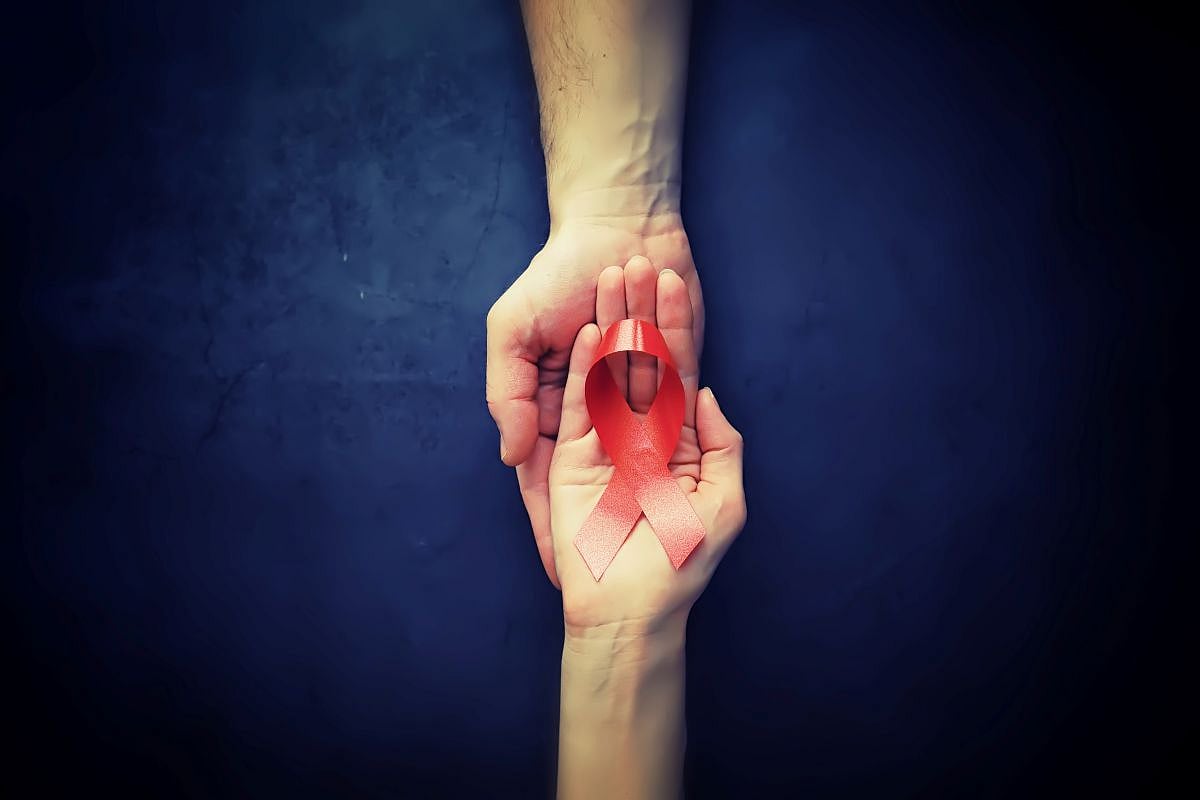Ending Ryan White services in July 2025 could result in 75,436 additional infections through 2030
By Elana Gotkine HealthDay Reporter
MONDAY, Sept. 15, 2025 (HealthDay News) — Cessation of Ryan White services, which provide care for more than half of people with HIV in the United States, could yield an increase in HIV incidence, according to a study published online Sept. 9 in the Annals of Internal Medicine.
Ryan Forster, Ph.D., from the Johns Hopkins Bloomberg School of Public Health in Baltimore, and colleagues estimated how many HIV infections could result from cessation of Ryan White services or interruptions using a compartmental HIV transmission model. HIV epidemics were simulated in 31 high-burden U.S. cities through 2030. HIV incidence was projected in 31 high-burden U.S. cities from 2025 to 2030 under four scenarios: continued services, cessation in July 2025, interruption until January 2027, and interruption until January 2029.
The researchers found that ending Ryan White services in July 2025 could yield 75,436 additional infections through 2030, representing an increase of 49 percent. Increases varied from 9 to 110 percent in Riverside, California, and Baltimore, Maryland, respectively. Nineteen and 38 percent more infections would result from interruptions of 18 and 42 months, respectively. In sensitivity analyses, 34,051 excess infections were projected from a “conservative” analysis with lower simulated loss of suppression from observational studies.
“Thanks in a large part to Ryan White funding, our ability to provide high-quality HIV care has changed dramatically since the program began at Johns Hopkins Medicine in 1984,” coauthor Joyce Jones, M.D., from the Johns Hopkins University School of Medicine in Baltimore, said in a statement.
Several authors disclosed ties to the biopharmaceutical industry.
Copyright © 2025 HealthDay. All rights reserved.








